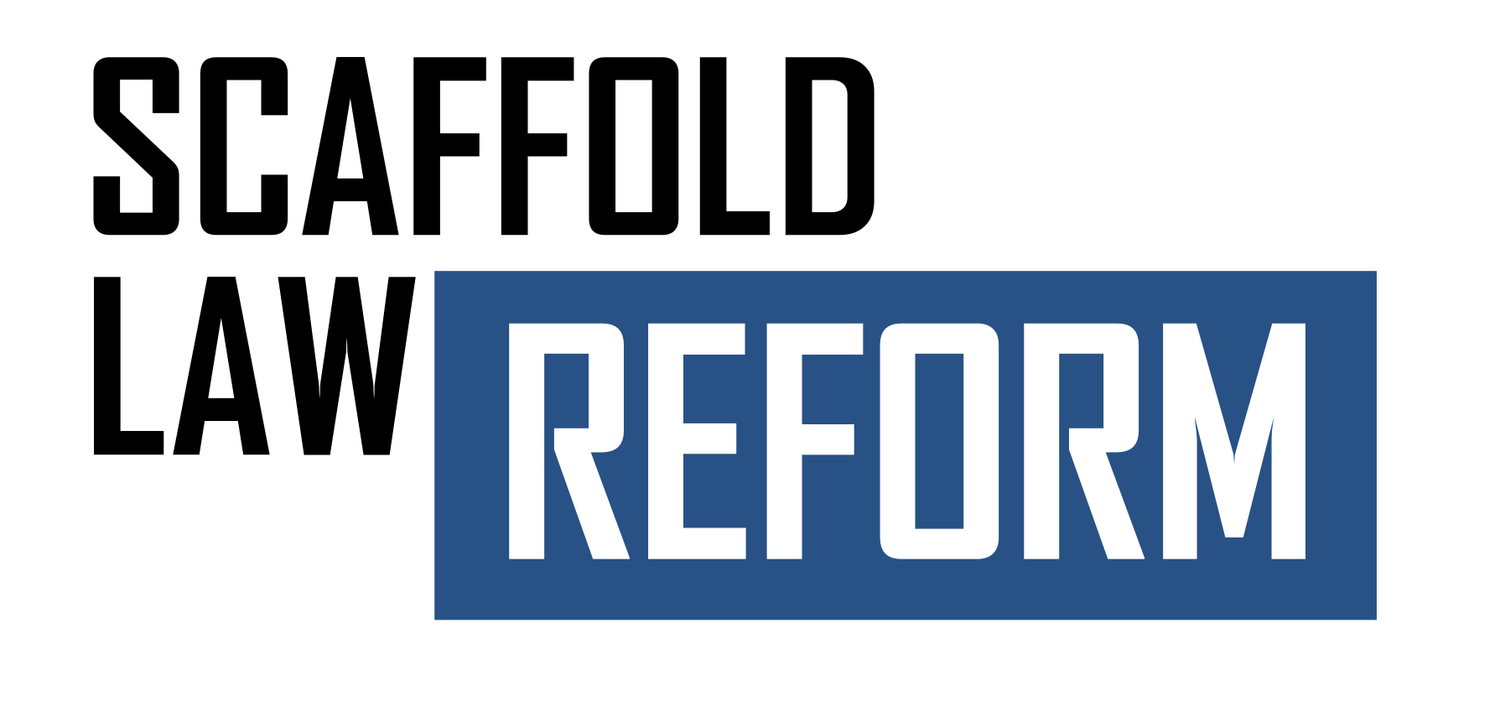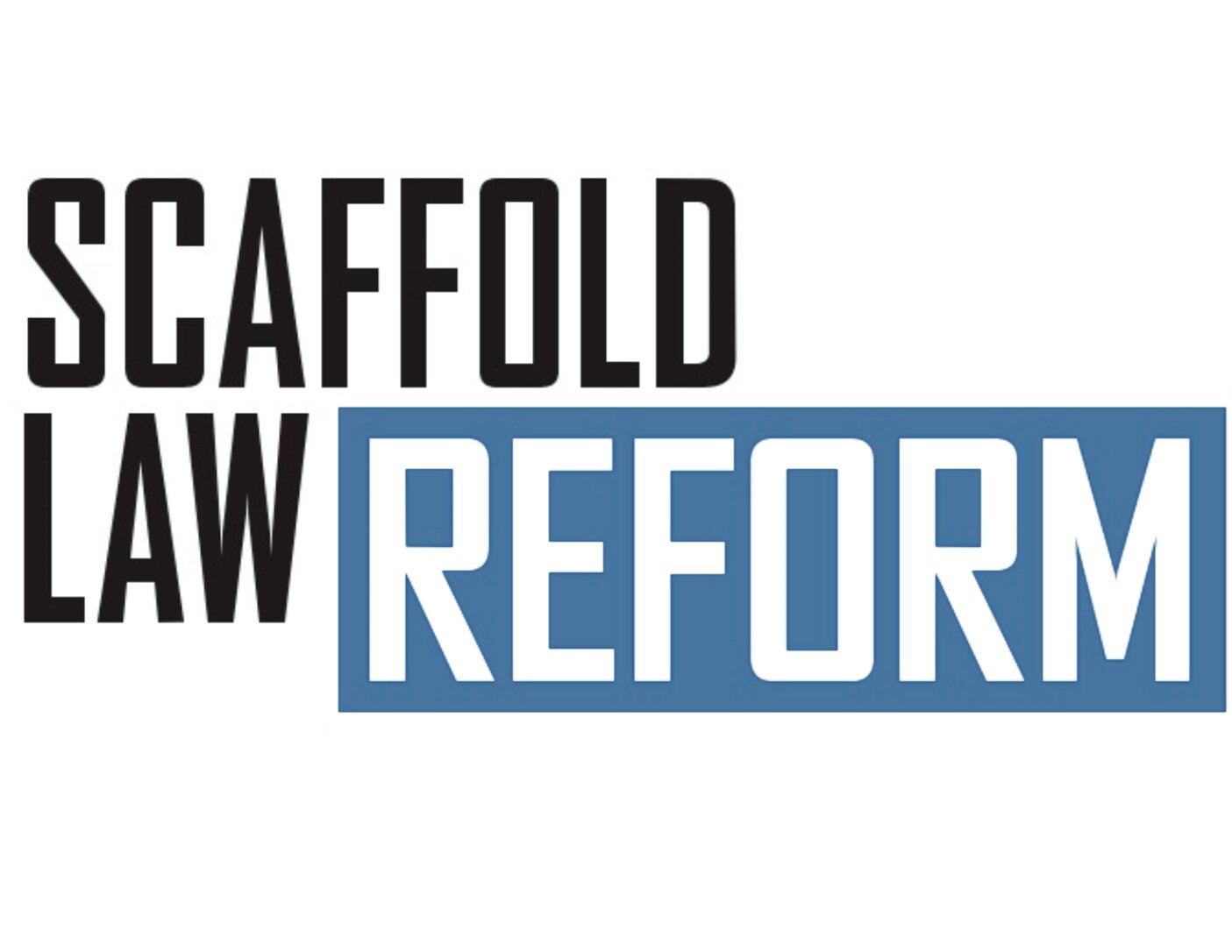Newsday: LI groups join coalition to challenge Scaffold Law, which critics say drive up costs and sparked a wave of staged accidents
By: Robert Brodsky
Four Long Island advocacy groups are among nearly 50 organizations statewide who have joined forces to challenge a 140-year-old law that exists only in New York State and holds property owners and contractors responsible for all construction site falls, even in cases of worker negligence.
Members of the group, Build More New York, argue the Scaffold Law has boosted the costs of construction projects, driven insurers out of the market and led to an epidemic of staged accidents and fraudulent lawsuits perpetrated, in part, by a network of unscrupulous law firms and medical professionals.
Unions and other Scaffold Law supporters, however, contend the law — which generally exempts projects involving one- or two-family homes — protects low-wage workers on some of the most dangerous job sites in the nation by holding employers and property owners liable for unsafe conditions.
'Antiquated' and 'destructive' law
The new coalition of business and civic groups is lobbying for passage of the Infrastructure Expansion Act sponsored by Rep. Nick Langworthy, an upstate Republican.
The bill would exempt federally funded or permitted projects in New York from the Scaffold Law's standard of "absolute liability," in which property owners and employers are held financially liable for injuries caused by "gravity," regardless of who's at fault.
Instead, insurance companies would be able to determine if negligence by the employee played a role in the fall while judges would have more discretion to determine if the accident was staged.
"One could not create a more regressive, antiquated or destructive piece of legislation than the Scaffold Law," said Kyle Strober, executive director of the Association for a Better Long Island, one of four local groups to join the coalition, along with the Long Island Association, the Long Island Builders Institute and the Long Island Contractors Association. "It continues to act as a brake on a vital segment of our economy, creating confiscatory costs for those who remain in New York while acting as an accelerant for wondering if they should shift their development investment dollars to other states."
The federal legislation, which was introduced in May and has three GOP co-sponsors, would have no effect on state or locally funded construction projects, although supporters hope the bill's passage could force Albany lawmakers and Gov. Kathy Hochul to reform to eliminate the Scaffold Law altogether.
"New York’s outdated Scaffold Law is nothing more than a gift to trial lawyers and a heavy burden on our construction workers and taxpayers," Langworthy said in a statement. "It drives up costs by as much as 10%, deters investment, and funnels billions into inflated insurance premiums and frivolous lawsuits instead of building roads, bridges, and schools."
Unions push back on changes
New York State AFL-CIO president Mario Cilento, a critic of the bill, said it would "invalidate vital safety protections for construction workers while doing nothing to lower insurance premiums. What needs to change is the insurers’ ability to hide company profits. Let’s finally see how insurers set rates to give us a real picture of the cost of construction insurance in this state."
The Scaffold Law traces back to 1885 when there were few federal and state regulations to protect construction workers, who increasingly were getting injured on the job. Similar laws in every state except New York were repealed or amended in the 20th century.
Experts said its difficult to determine precisely how many New York construction projects involve federal support and would qualify under Langworthy’s bill.
But some large federally-backed projects which impact Long Islanders include the overhaul of Penn Station, expansion of the Second Avenue subway line and the Army Corps of Engineers' Fire Island Inlet to Montauk Point project to reduce the risks associated with coastal storms.
"New York’s Scaffold Law is a 19th-century policy that no longer makes sense in today’s construction environment," said Mike Florio, chief executive of the Long Island Builders Institute. "It drives up costs, deters investment and forces taxpayers to foot the bill for inflated insurance premiums — while doing nothing to improve worker safety."
Matt Cohen, president of the LIA, Long Island's largest business group, said Langworthy's bill would "address this antiquated roadblock to progress while maintaining the highest safety standards for workers."
While many Scaffold Law expenses are incurred by private construction firms and their clients, taxpayers are paying an estimated $785 million annually in costs that trickle down from publicly funded projects, including school construction, bridge and rail projects, according to the Nelson A. Rockefeller Institute of Government, an Albany think tank.
For example, an industry analysis found the Scaffold Law added at least $200 million in additional insurance costs to the reconstruction of the Gov. Mario M. Cuomo Bridge that was completed in 2018.
Newsday has reported in recent months on lawsuits alleging Long Island construction employees and their associates staged accidents and feigned injuries on job sites involving ladders or scaffolds.
Those workers were directed to powerful law firms and preferred doctors, including those on the Island, who performed risky or unnecessary surgeries to boost payouts from litigation or to force insurance companies into settlements to avoid unpredictable jury trials, lawsuits allege. Several of those doctors have since lost their the ability to file workers' compensation claims or face the risk of losing their medical license.

